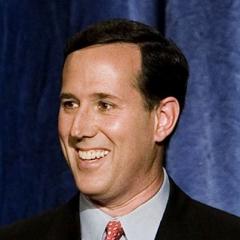
Our Practical Choice Is Not Between A Tax-cut Deficit And A Budgetary Surplus. It Is Between Two Kinds Of Deficits: A Chronic Deficit Of Inertia, As The Unwanted Result Of Inadequate Revenues And A Restricted Economy; Or A Temporary Deficit Of Transition, Resulting From A Tax Cut Designed To Boost The Economy, Increase Tax Revenues, And Achieve -- And I Believe This Can Be Done -- A Budget Surplus. The First Type Of Deficit Is A Sign Of Waste And Weakness; The Second Reflects An Investment In The Future.
Please Wait....
Translating....
Translating....
Our Practical Choice Is Not Between A

John F. Kennedy
Our Practical Choice Is Not Between A Tax-cut Deficit And A Budgetary Surplus. It Is Between Two Kinds Of Deficits: A Chronic Deficit Of Inertia, As The Unwanted Result Of Inadequate Revenues And A Restricted Economy; Or A Temporary Deficit Of Transition, Resulting From A Tax Cut Designed To Boost The Economy, Increase Tax Revenues, And Achieve -- And I Believe This Can Be Done -- A Budget Surplus. The First Type Of Deficit Is A Sign Of Waste And Weakness; The Second Reflects An Investment In The Future.
Views: 0





